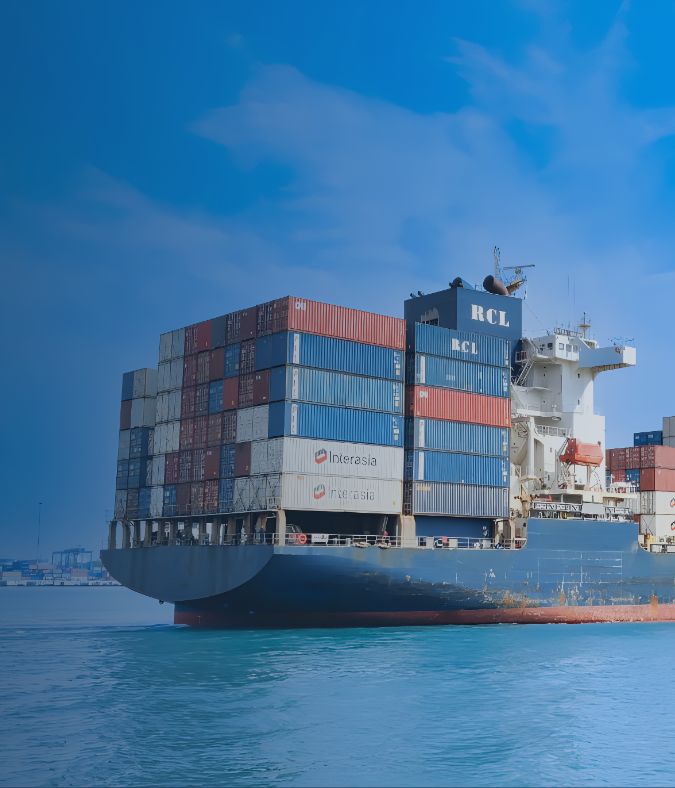The world of global trade is in a state of flux. Recent geopolitical shifts and the dynamic landscape of trade tariffs have created significant challenges for global supply chain operations. This turbulence is impacting businesses across the manufacturing ecosystem, from material suppliers and OEMs to product distributors, resulting in increased costs, operational disruptions, and pressures on profitability.
The Rising Cost of Inaction
The complexity and interconnectedness of today's global supply chains, combined with the volatility of trade regulations and geopolitical instability, have created a perfect storm for global businesses. Traditional rule-based ERP and Trade Management systems, with their reliance on static rules, are proving inadequate to adapt to these rapid changes.
The cost of inaction is significant. A 2024 report by the Institute for Management Development (IMD) reveals that nearly one-third of exports fail to capitalize on available reduced or exempted duties from Free Trade Agreements (FTAs), leading to substantial financial losses for companies. Furthermore, a 2025 survey by Bain & Company indicates that 28% of supply chain executives are now investing in advanced technology to better manage trade risks.
Seizing Opportunities in the Face of Disruption
While these challenges are daunting, they also present opportunities for companies to transform their supply chains and gain a competitive edge. Advanced digital capabilities, including AI and machine learning, offer powerful tools to navigate these disruptions and optimize trade and tariff management strategies.
At Wipro, we believe that a proactive approach is essential. We advise our clients to consider the following strategies to mitigate risks and enhance their competitive position:
- Supply Chain Optimization: Leverage digital platforms and AI algorithms to identify alternative sourcing options and evaluate various supply chain scenarios. This enables businesses to optimize sourcing, production, and distribution strategies in response to tariffs.
- Dynamic Product Costing: Utilize AI and digital tools to analyze the total landed cost of products, incorporating the latest tariff projections. This supports informed decisions regarding absorbing tariff costs, adjusting pricing, or seeking alternative sourcing options.
- Enhanced Sales and Operations Planning: Employ real-time projected costs, margins, and volume dynamics to optimize demand and supply planning in the face of supply chain uncertainty and trade tariff impacts.
- Market Segmentation: For distributors facing higher costs, AI-driven dynamic pricing and customer segmentation based on tariff sensitivity can help maintain competitiveness and maximize revenue.
- Product Localization: Evaluate the potential for localizing production to reduce reliance on imports and mitigate tariff impacts. AI can assist in analyzing production costs, regulatory requirements, and consumer demand.
- Negotiation Support: Utilize AI-powered analytics to provide data-driven insights for negotiations with suppliers, logistics partners, and customers. This can facilitate cost-sharing arrangements or contract renegotiations to mitigate tariff impacts.
- Market Diversification: Identify and evaluate new markets using digital tools and AI, considering factors such as demand, competition, and tariff implications. Diversifying markets can reduce reliance on those affected by tariffs.
A Call to Action:
Tariff disruptions have the potential to reshape global supply chains fundamentally. Companies proactively adopting technology to enhance visibility, flexibility, and compliance in their operations will be best positioned to weather these disruptions and emerge stronger. In this complex and evolving landscape, utilizing Wipro’s Agentic AI-powered solutions can be essential for helping companies navigate these challenges.
Please feel free to reach out if the team can assist you in navigating these uncharted waters.




